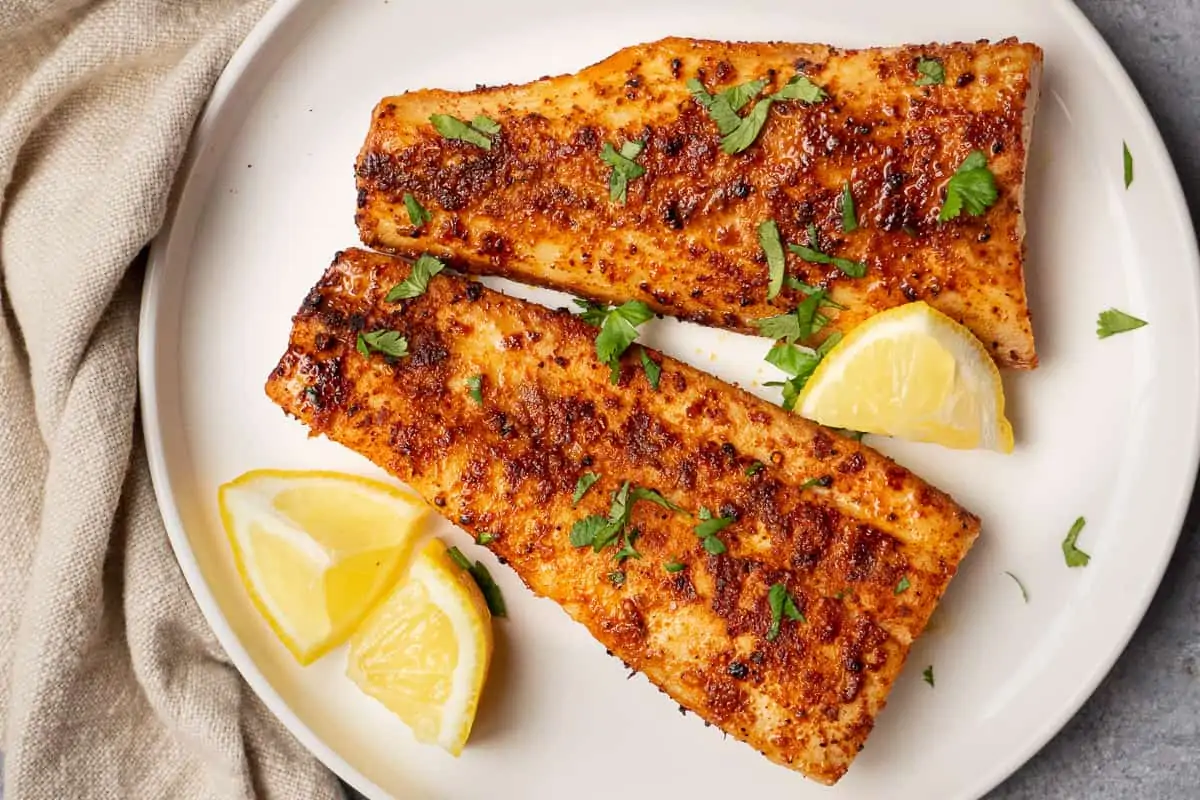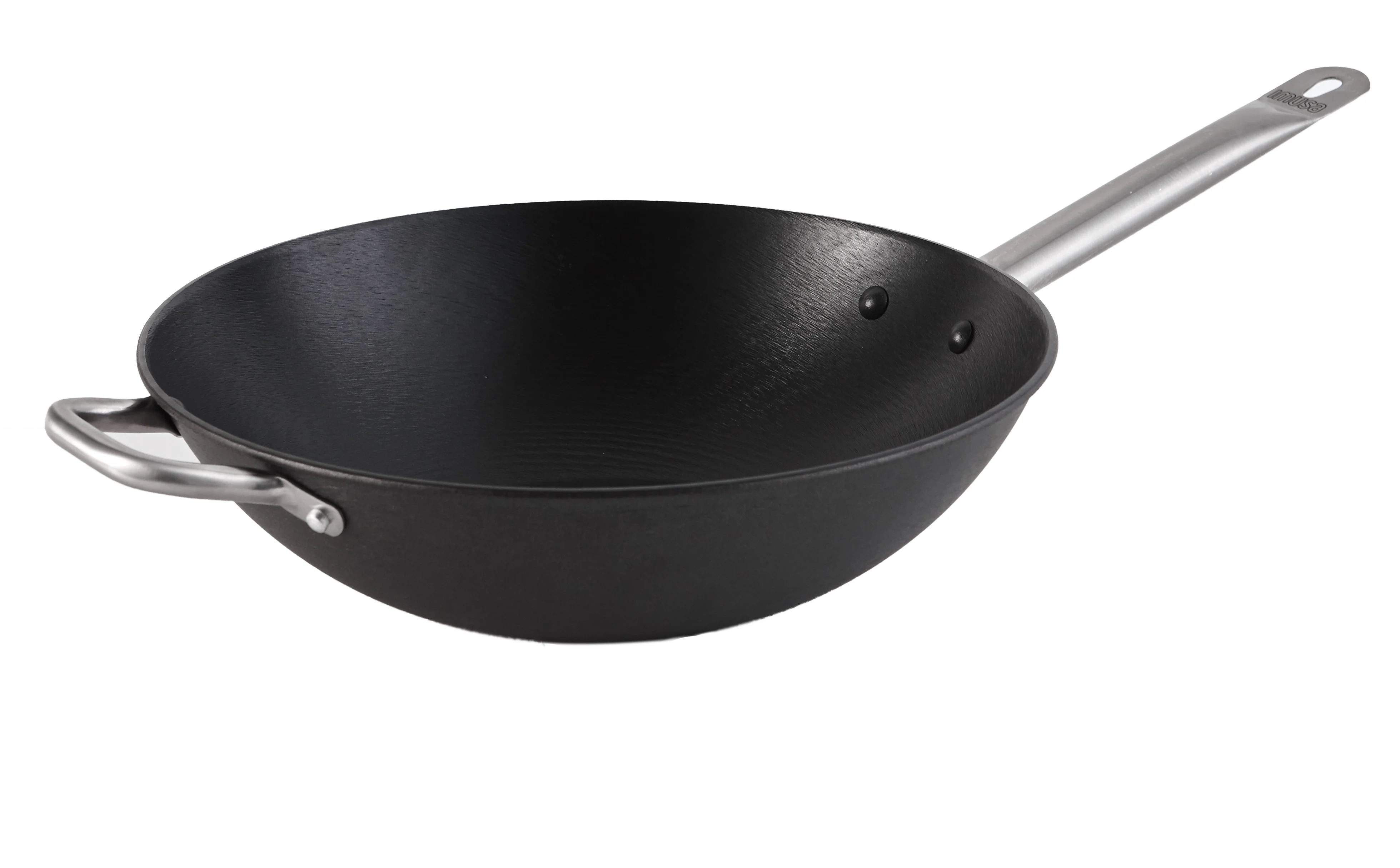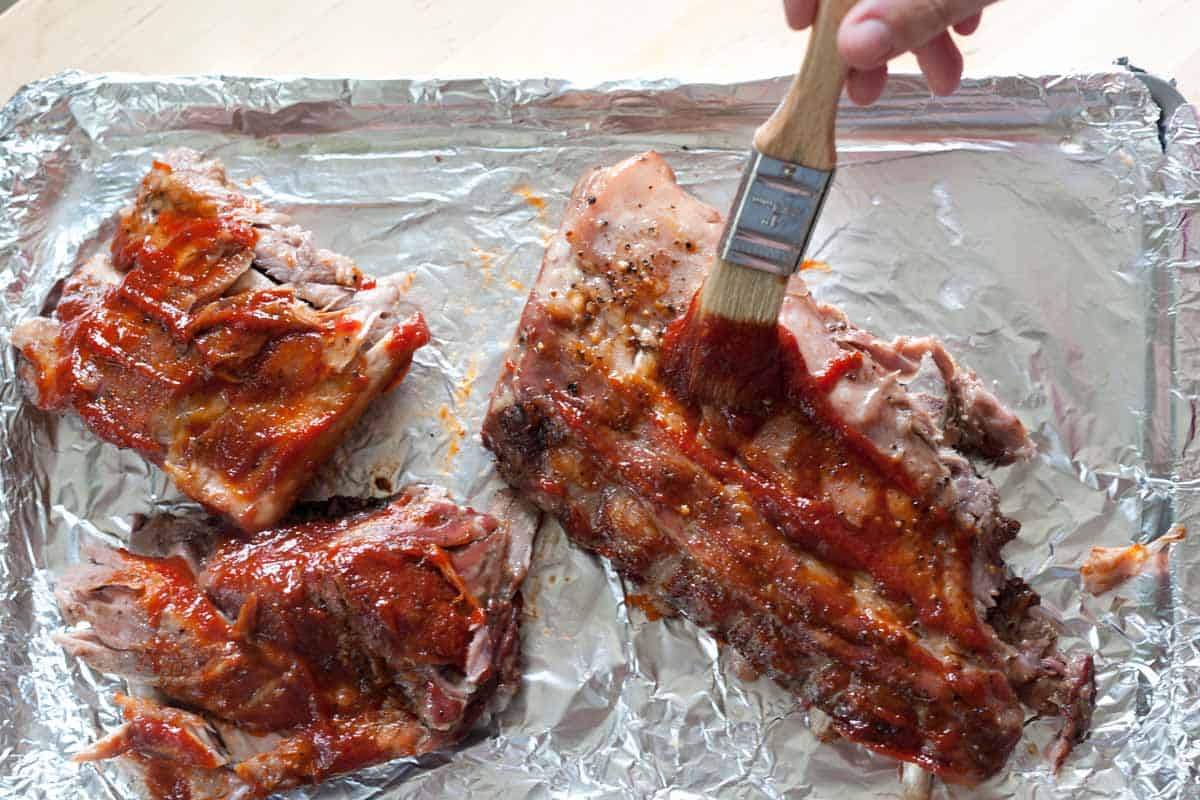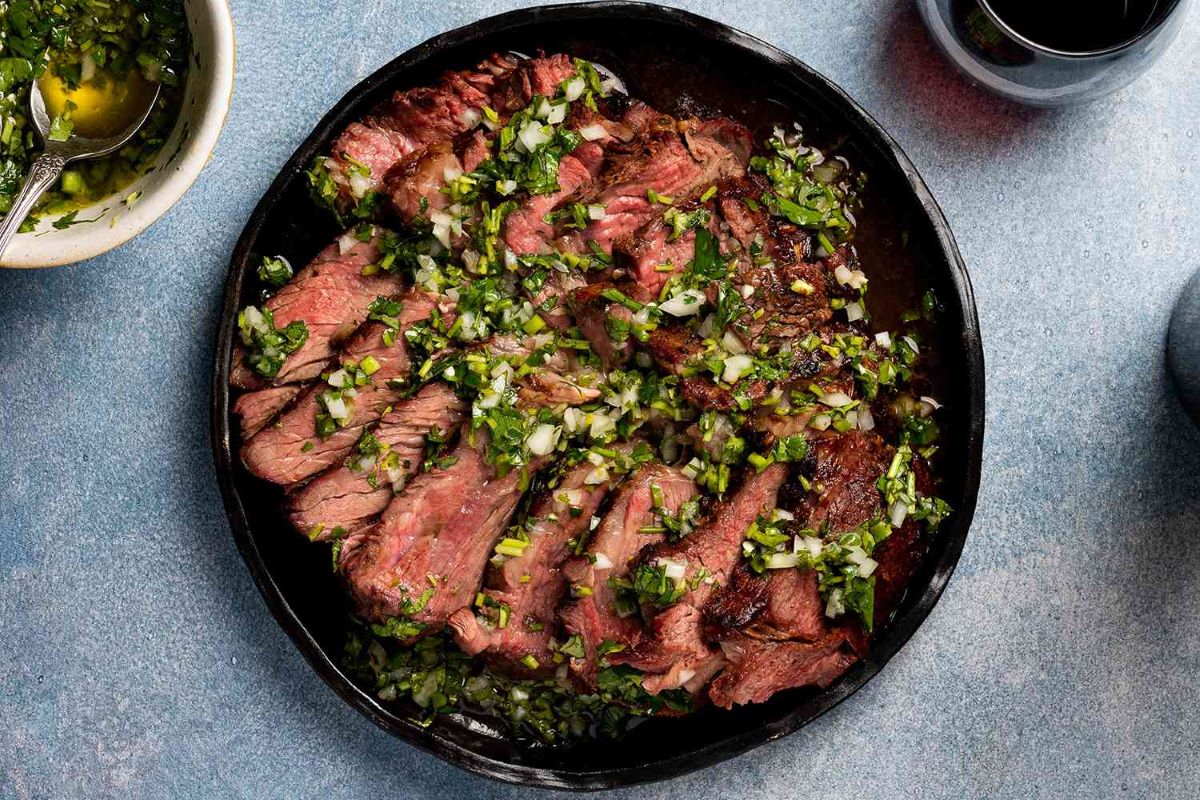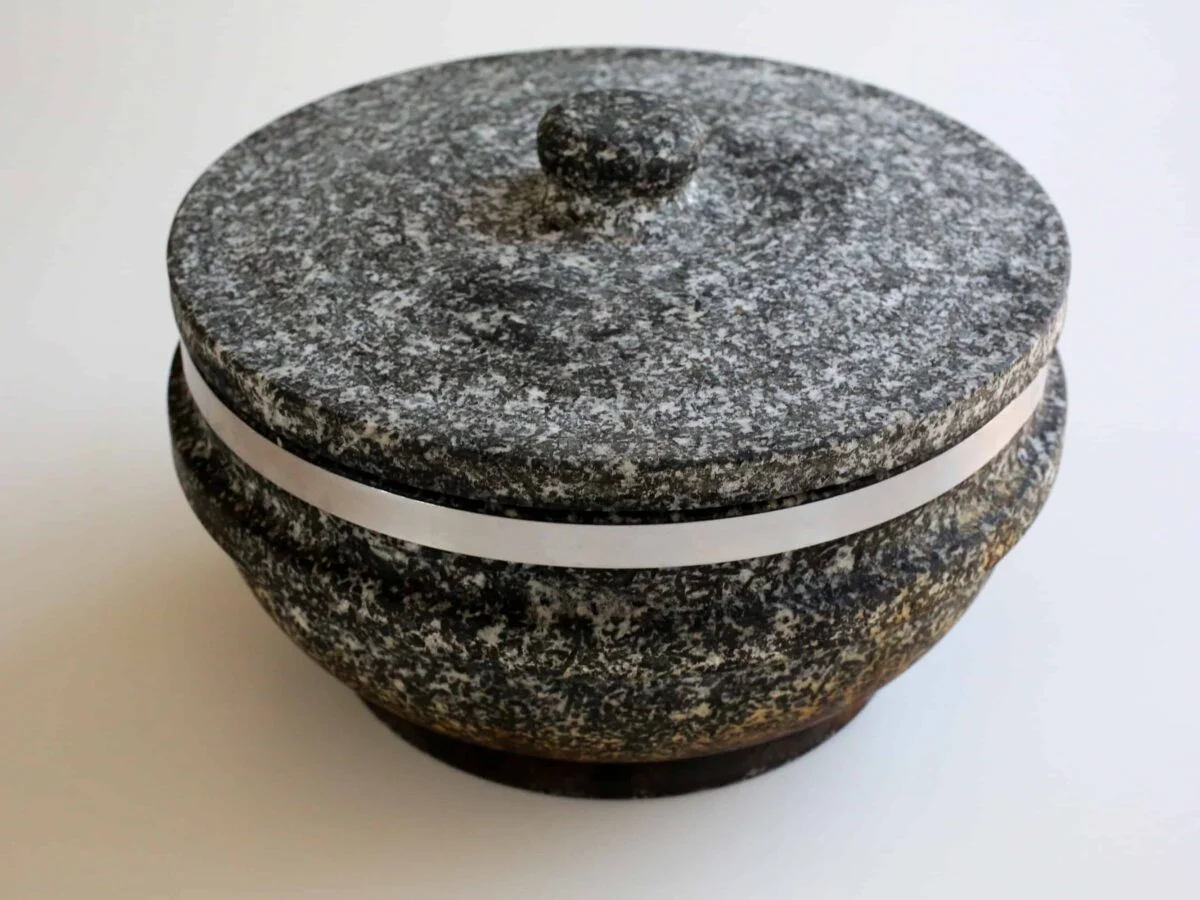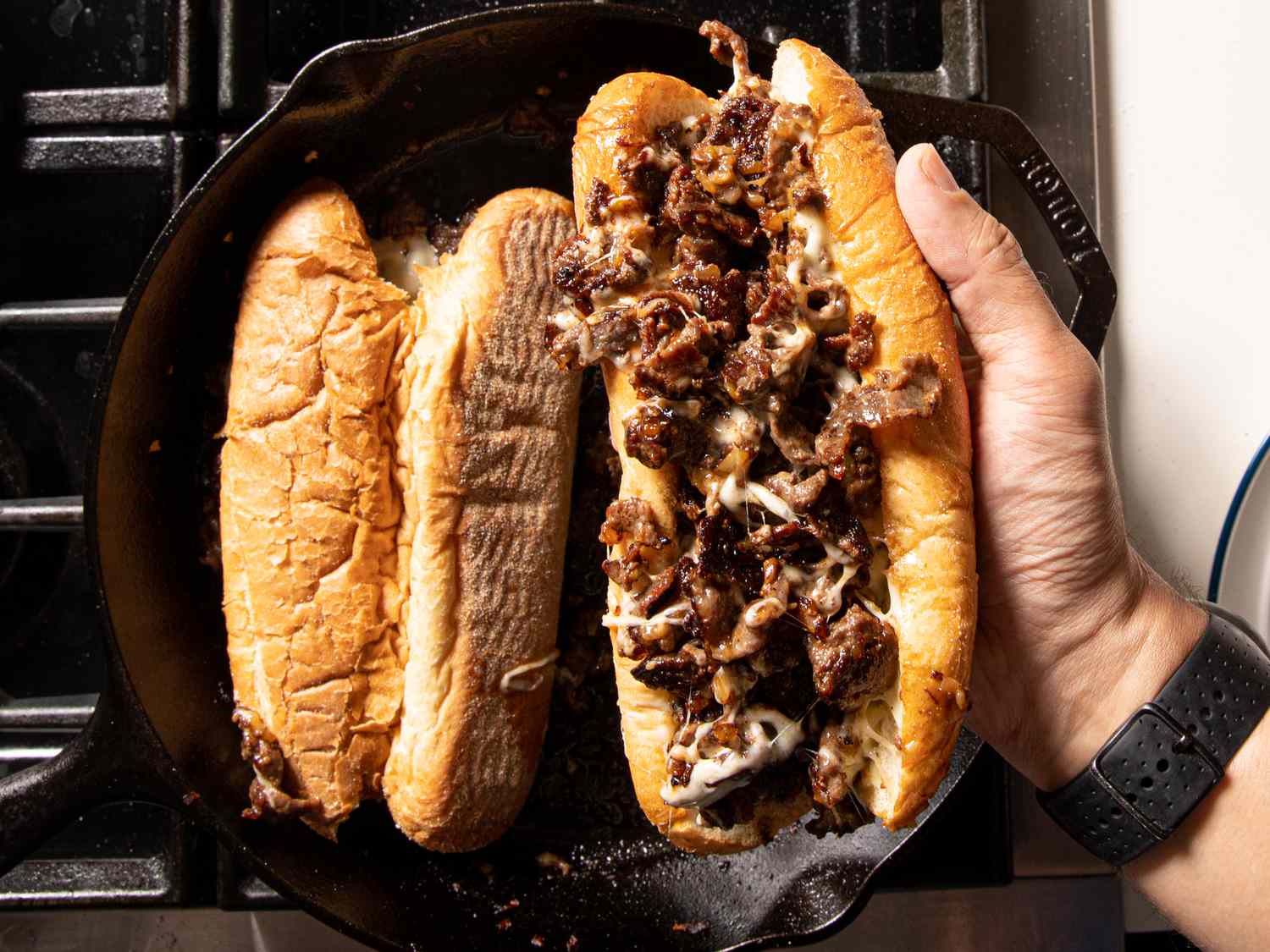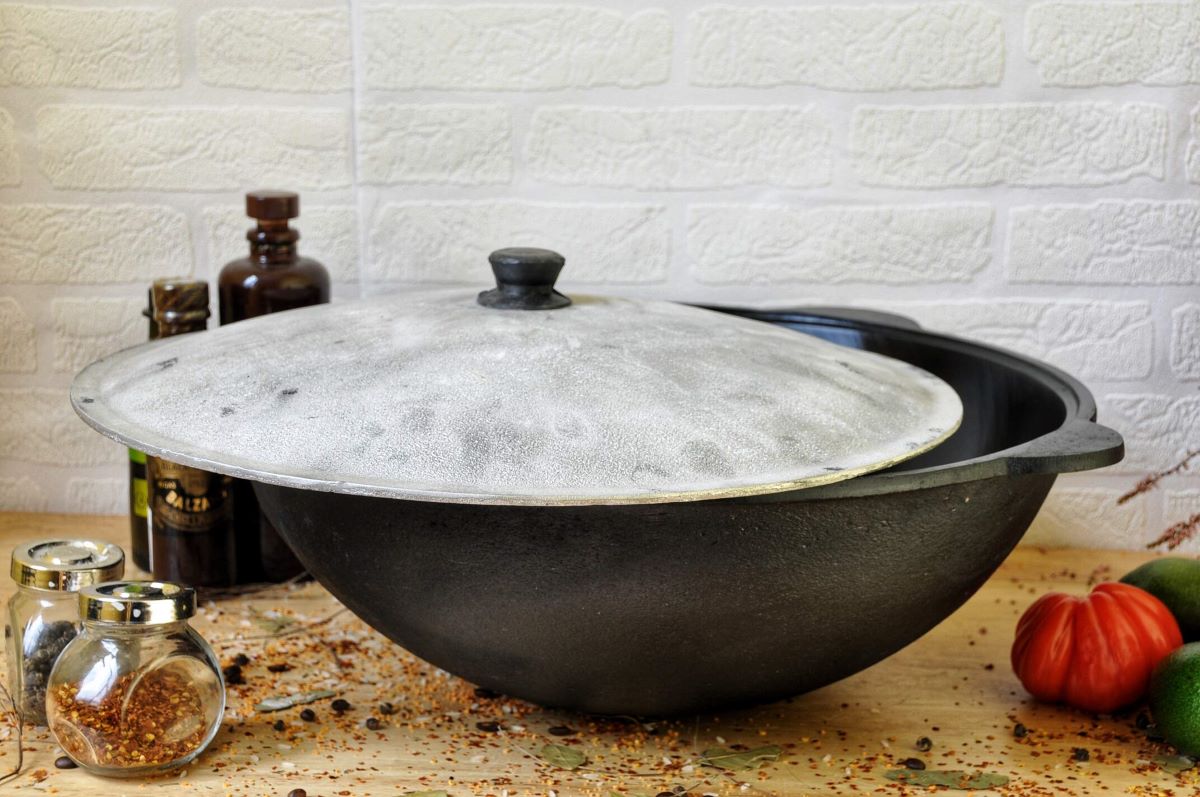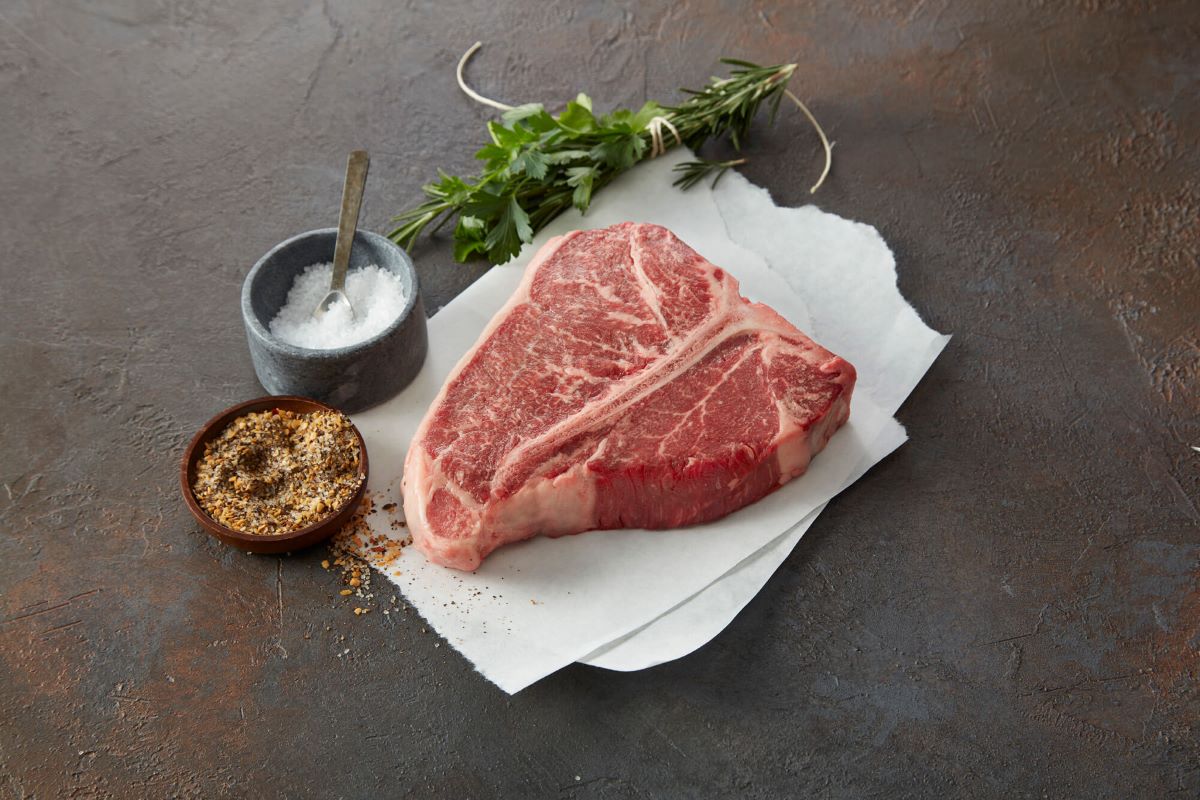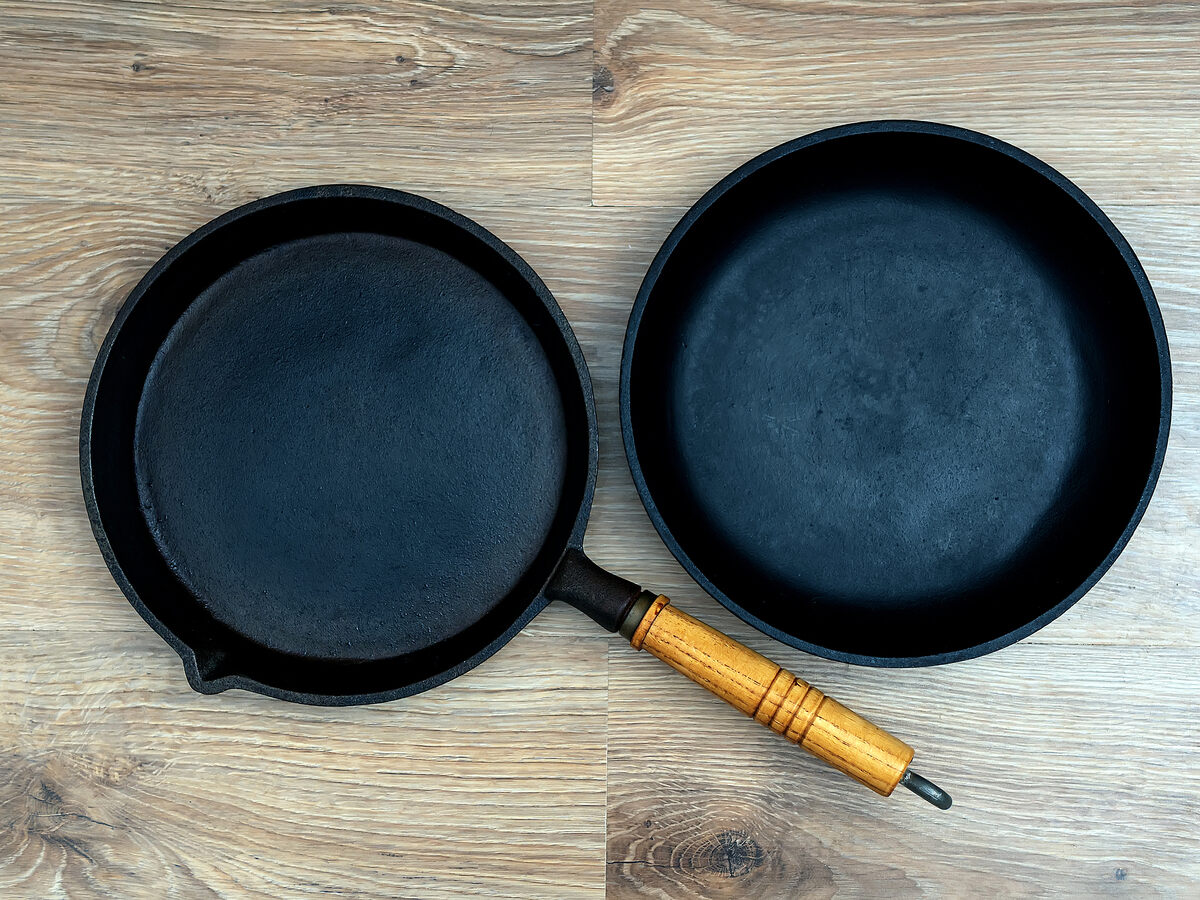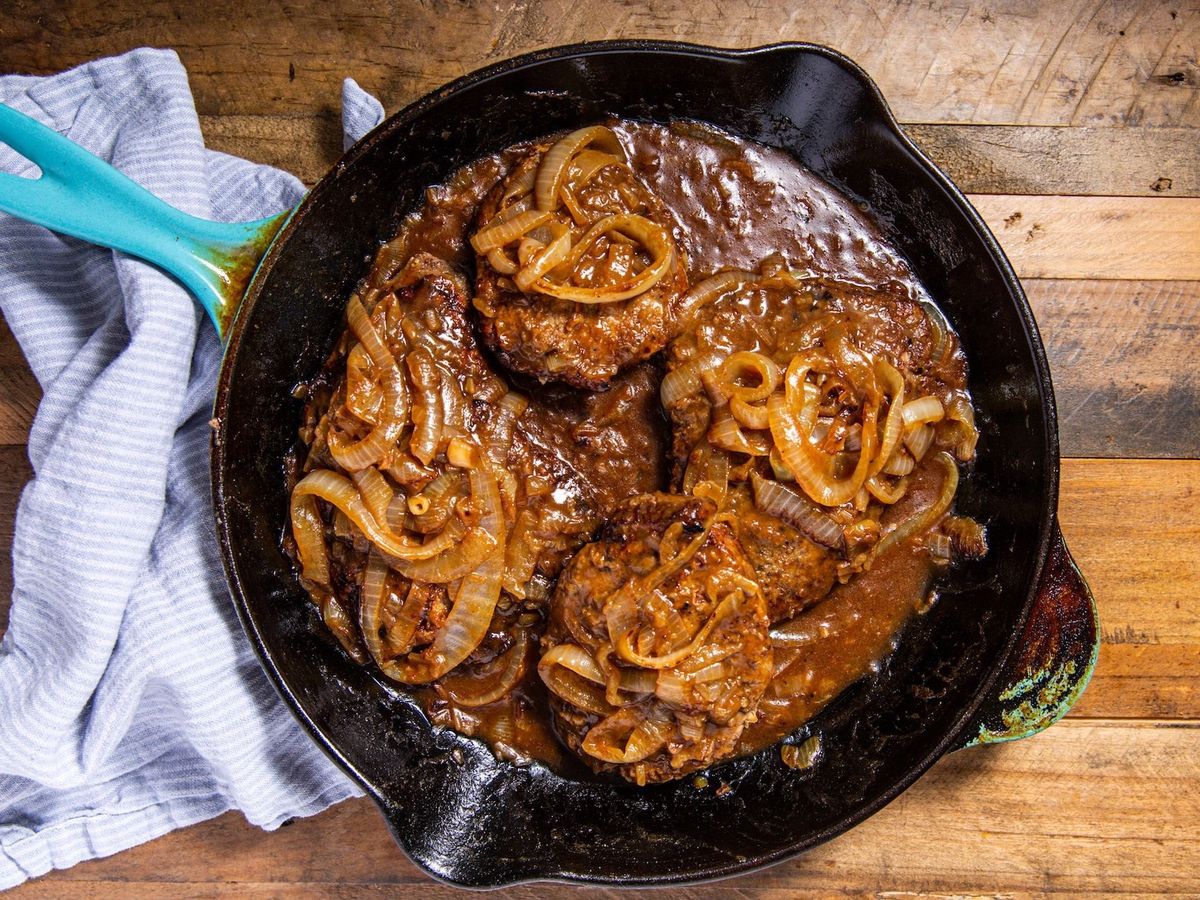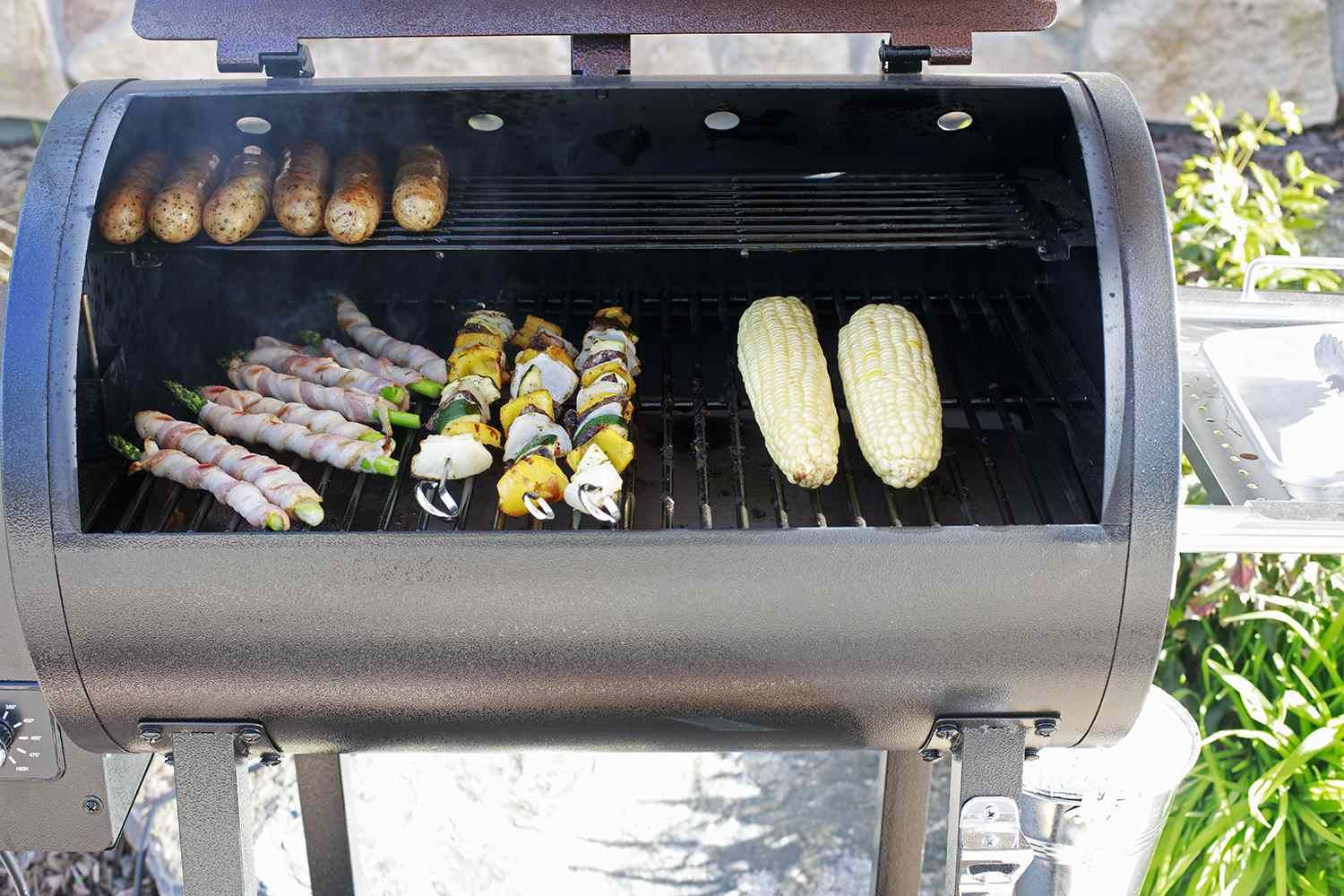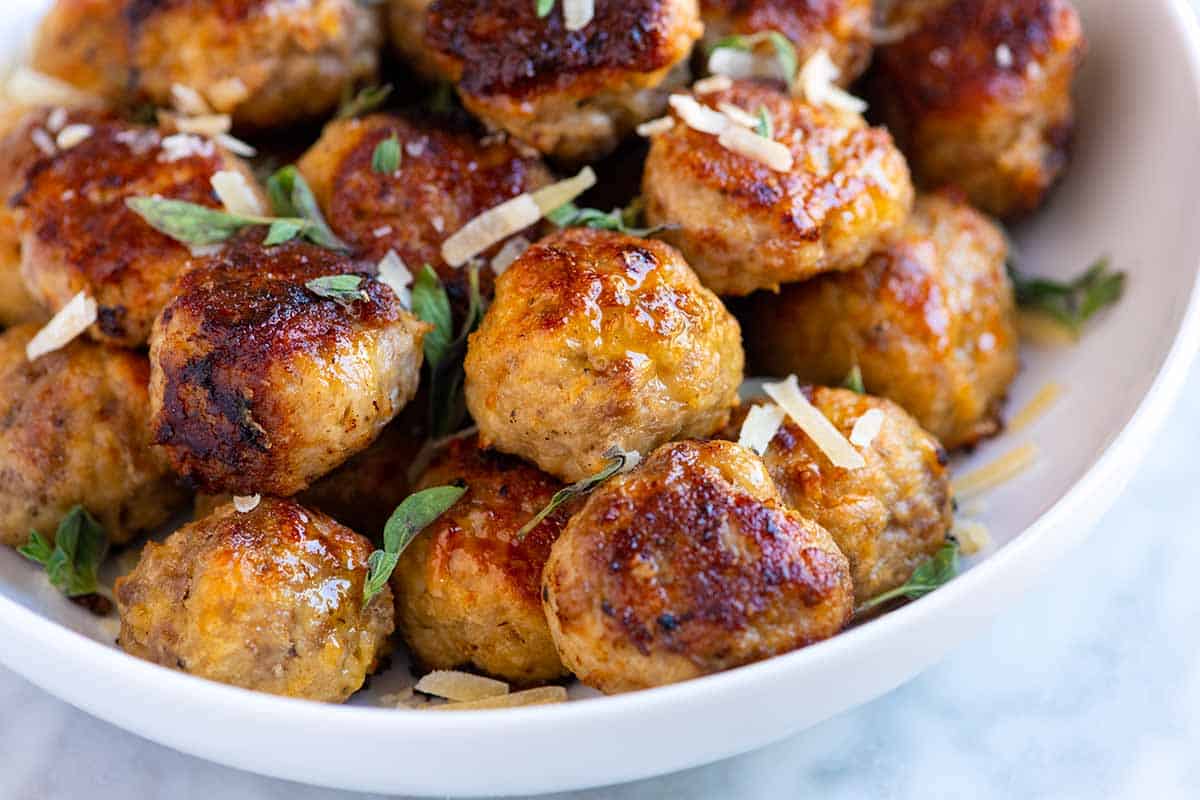Seasoning a clay pot is a crucial step to ensure that your cooking vessel is ready to use and will provide delicious results. Clay pots have been used for centuries in various cultures around the world, and seasoning them properly is key to their longevity and performance. In this guide, we will walk you through the process of seasoning a clay pot so that you can enjoy the benefits of cooking with this traditional and versatile cookware.
Why Seasoning a Clay Pot is Important
Seasoning a clay pot is essential for several reasons:
- Enhanced Flavor: Seasoning the pot creates a natural non-stick surface that enhances the flavors of the food cooked in it.
- Durability: Proper seasoning helps to strengthen the clay and prevents it from cracking during cooking.
- Improved Performance: A well-seasoned clay pot distributes heat more evenly, resulting in better-cooked dishes.
Steps to Season a Clay Pot
Seasoning a clay pot is a simple process that involves a few basic steps:
- Soak the Clay Pot: Before seasoning, soak the clay pot in water for at least 8 hours or overnight. This allows the clay to absorb water and prevents it from cracking during the seasoning process.
- Coat the Pot: Once the pot is thoroughly soaked, coat the entire surface, both inside and out, with cooking oil. Use a brush or cloth to ensure an even coating.
- Heat in the Oven: Place the oiled clay pot in a cold oven and set the temperature to 300°F (150°C). Let the pot heat up gradually for about 2 hours, then turn off the oven and allow the pot to cool completely inside.
- Repeat the Process: For best results, it’s recommended to repeat the oiling and heating process at least two more times before using the clay pot for cooking.
Tips for Maintaining a Seasoned Clay Pot
Once your clay pot is seasoned, it's important to take proper care of it to maintain its non-stick surface and cooking performance:
- Hand Wash Only: Avoid using harsh detergents or dishwashers, as they can strip away the seasoning.
- Air Dry: After washing, allow the clay pot to air dry completely before storing it.
- Store Properly: Store the clay pot in a cool, dry place to prevent mold or mildew from forming.
Conclusion
Seasoning a clay pot is a simple yet essential process that can greatly enhance your cooking experience. By following the steps outlined in this guide and taking proper care of your seasoned clay pot, you can enjoy delicious, evenly-cooked meals for years to come. So, grab your clay pot, get it seasoned, and start cooking up some flavorful dishes!
More Delicious Recipes to Try in Your Seasoned Clay Pot
Now that you've mastered the art of seasoning a clay pot, it's time to put your new skill to the test with a variety of international dishes that showcase the unique flavors and textures that can be achieved with this traditional cookware. From the hearty layers of the Hearty Beef Stew Recipe to the fragrant spices of the Thai Chicken Curry Recipe, each recipe offers a different way to explore the capabilities of your seasoned clay pot. We particularly recommend trying the Slow-Cooked Moroccan Tagine Recipe for a taste of North African cuisine, or the Traditional Indian Biryani Recipe for a classic dish that is as beautiful as it is delicious. Each recipe has been tailored to enhance your cooking experience and deliver mouthwatering results that will impress any dinner guest.
Was this page helpful?
Read Next: How To Season Pit Boss Griddle
